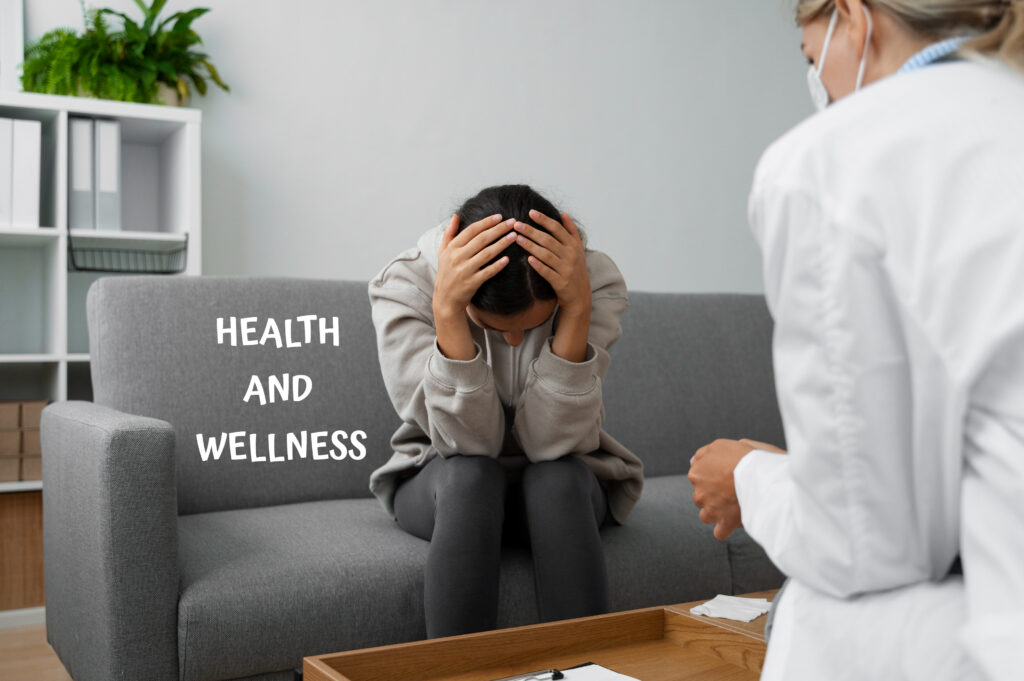Mental Health Awareness and Stigma Reduction: Breaking Barriers for Better Well-being
In recent years, mental health awareness has gained significant traction, yet the stigma surrounding mental health issues persists. This stigma acts as a barrier, preventing individuals from seeking help and support when they need it most. Addressing mental health and reducing stigma are crucial steps toward creating a society where everyone can achieve optimal well-being.
The Importance of Mental Health Awareness
Mental health awareness involves understanding the importance of mental health, recognizing mental health issues, and promoting the necessary support and treatment options. Awareness campaigns aim to educate the public about mental health, dispel myths, and encourage open conversations.
Understanding Mental Health
Mental health encompasses emotional, psychological, and social well-being. It influences our thought process, feel, and act, impacting our capacity to deal with pressure, connect with others, and decide. Great psychological wellness is fundamental at each phase of life, from youth and puberty through adulthood.
Recognizing Mental Health Issues
Psychological well-being issues are normal and can influence anybody, paying little heed to progress in years, orientation, or foundation. Conditions such as depression, anxiety, bipolar disorder, and schizophrenia are among the most prevalent. Recognizing the signs and symptoms of these conditions is the first step in seeking help and support. Symptoms may include persistent sadness, excessive worry, mood swings, and withdrawal from social activities.
Promoting Support and Treatment
Mental health awareness campaigns promote the availability of support and treatment options. These include therapy, medication, support groups, and self-help strategies. Early intervention can significantly improve outcomes, highlighting the importance of seeking help at the first sign of mental health issues.
The Impact of Stigma on Mental Health
Stigma surrounding mental health issues often stems from a lack of understanding and fear of the unknown. This stigma can manifest in various ways, including social stigma, self-stigma, and structural stigma.
Social Stigma
Social stigma involves negative attitudes and behaviors towards individuals with mental health issues. It can lead to discrimination, exclusion, and rejection. People may be labeled as “crazy” or “weak,” which can deter them from seeking help and support.
Self-Stigma
Self-stigma occurs when individuals internalize the negative attitudes and beliefs about mental health issues. This can prompt sensations of disgrace, responsibility, and low confidence. Self-stigma can prevent individuals from acknowledging their mental health issues and seeking treatment.
Structural Stigma
Structural stigma refers to policies and practices within institutions that limit opportunities and resources for individuals with mental health issues. This can include inadequate funding for mental health services, lack of mental health education, and discriminatory policies in the workplace and healthcare system.
Strategies for Reducing Mental Health Stigma
Reducing stigma is essential for improving mental health outcomes and ensuring that individuals feel comfortable seeking help. Several strategies can be implemented to achieve this goal.
Education and Awareness Campaigns
Schooling and mindfulness crusades assume a crucial part in diminishing shame. By giving precise data about emotional well-being issues, these missions can disperse legends and confusions. Educational programs in schools, workplaces, and communities can promote understanding and empathy.
Encouraging Open Conversations
Encouraging open conversations about mental health can help normalize the topic and reduce stigma. Sharing personal experiences and stories can create a supportive environment where individuals feel comfortable discussing their mental health. Public figures and celebrities sharing their own mental health journeys can also have a significant impact.
Supporting Mental Health Initiatives
Supporting mental health initiatives, such as mental health first aid training and peer support programs, can create a more inclusive and supportive environment. These initiatives provide individuals with the tools and knowledge to support themselves and others.
Advocating for Policy Changes
Advocating for policy changes is crucial for addressing structural stigma. This includes pushing for increased funding for mental health services, implementing mental health education in schools, and ensuring that workplace policies support mental health. Legislation that protects individuals with mental health issues from discrimination is also essential.
The Role of Media in Mental Health Awareness and Stigma Reduction
The media plays a significant role in shaping public perceptions of mental health. Responsible media coverage can contribute to reducing stigma and promoting mental health awareness.
Portraying Mental Health Accurately
Accurate portrayal of mental health issues in the media is essential. Misrepresentation can perpetuate stereotypes and stigma. Media outlets should strive to depict mental health issues with sensitivity and accuracy, highlighting the experiences of those affected.
Highlighting Positive Stories
Highlighting positive stories of recovery and resilience can inspire hope and encourage individuals to seek help. These stories can challenge negative perceptions and demonstrate that people with mental health issues can lead fulfilling lives.
Promoting Mental Health Resources
Media platforms can promote mental health resources and support services. This can include providing information about helplines, therapy options, and support groups. By making these resources more visible, media can help individuals access the support they need.
Conclusion
Mental health awareness and stigma reduction are critical for creating a society where everyone can achieve optimal well-being. By understanding mental health, recognizing mental health issues, and promoting support and treatment, we can break down the barriers that stigma creates. Education, open conversations, support for mental health initiatives, and policy changes are essential strategies for reducing stigma. The media also plays a crucial role in shaping public perceptions and promoting mental health awareness. Together, we can create a more inclusive and supportive environment where mental health is prioritized, and individuals feel empowered to seek help without fear of judgment.




